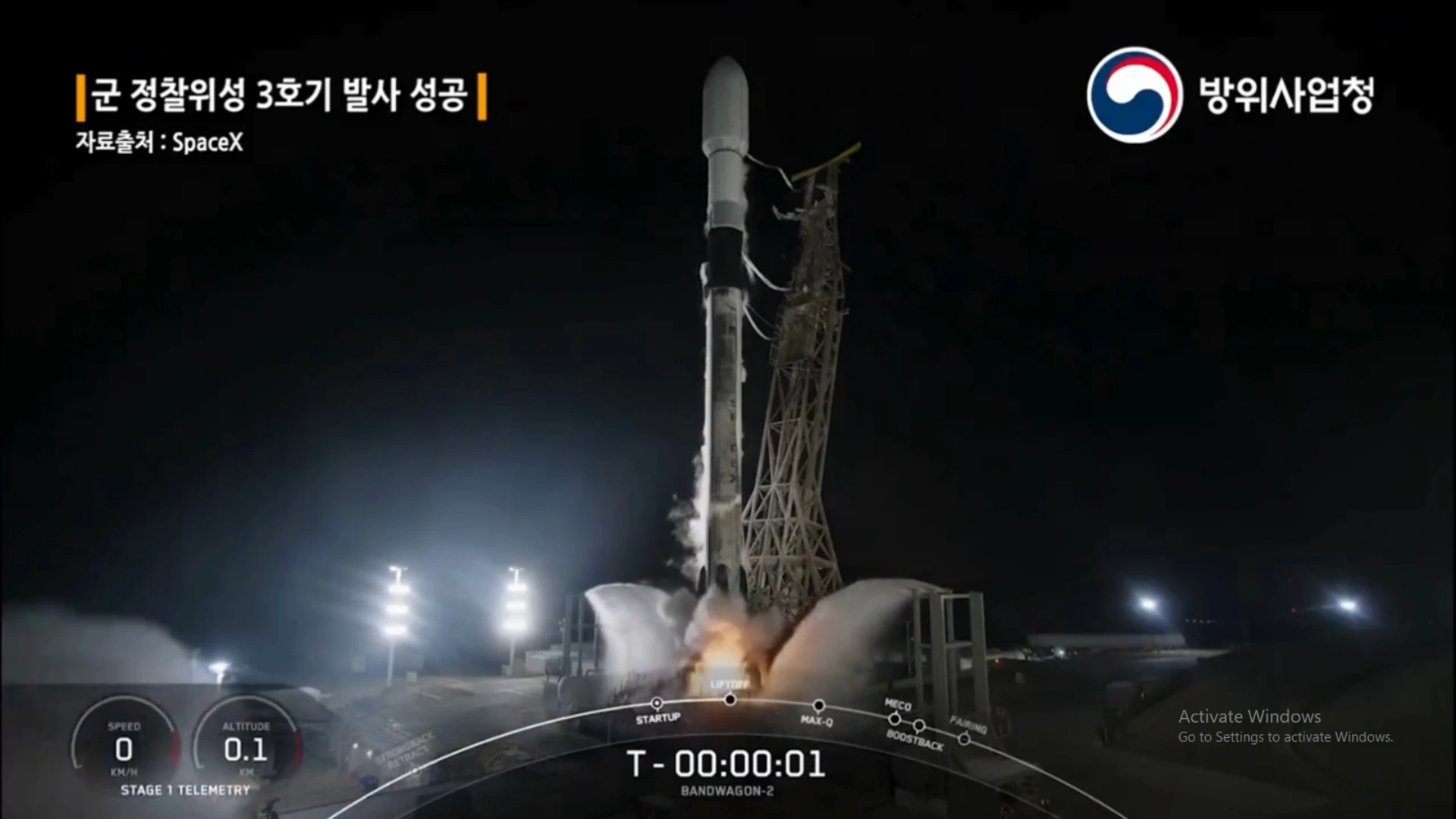Thimphu: Bhutan, often recognized as one of the world’s happiest nations, is embarking on a groundbreaking mega project that aims to redefine sustainable living and serve as a unique global model. This ambitious initiative is a ‘Mindfulness City’ planned in Gelephu.
Despite being termed a city, this project spans a vast 2,500 square kilometers and functions as a Special Administrative Region (SAR). It will have its own government, the autonomy to create its own laws, and an independent judiciary. But what truly sets it apart?
The Gelephu ‘Mindfulness City’ will feature two protected areas: a national park and a wildlife sanctuary. Its rivers are set to generate 4,000 to 5,000 megawatts of renewable energy. Rich in forests and biological corridors, the city is vibrant with wildlife and includes dedicated agricultural hubs and small towns.
Must Read: Why Planes Always Board from the Left Side: The Historical Reason Explained
The ‘Mindfulness City’ project is the vision of Bhutan’s King, Jigme Khesar Namgyel Wangchuck. The project aims to elevate the quality of life for Bhutanese citizens and advance Bhutan’s development, creating a place where people can live harmoniously with individuals from around the globe.
Residents of this city will live in close harmony with nature and the region’s rich biodiversity. “This is what we call ‘Gross National Happiness 2.0’,” Bhutan’s Prime Minister Tshering Tobgay recently stated at the NDTV World Summit in New Delhi.
The Bhutanese Prime Minister added that the ‘Gelephu Mindfulness City’ would “directly benefit India” in numerous ways, as it has been “purposely placed along the border with India in Assam.”
‘Mindfulness City’ – Why in Gelephu?
The land in Gelephu is “beautiful and pristine,” said the Bhutanese Prime Minister, noting that the region is a biological hotspot with significant potential for clean energy. However, he questioned why such a mega project was not being considered for Thimphu or Paro, where infrastructure like airports and highways is already in place.
The King had a one-word reply for the Prime Minister: “India.” He then explained, “Our future is linked with India. If we chose any other place, then such a project may succeed, it may have its challenges, but if we plan this along the border with India, the concept itself will drive it to success, because Bhutan’s future is intrinsically linked with India,” the Prime Minister recalled the King saying.
Must Read: Walmart Workers Allege Chilling Incident: Indian-Origin Gursimran Kaur Pushed into Oven
“Then I finally understood the strategic significance of the project,” he added. “The Gelephu Mindfulness City is not about Bhutan – it is about Bhutan and India.”
Key details about the city
Once completed, Bhutan’s ‘Mindfulness City’ will encompass nearly 2.5% of the country’s landmass, making it larger than all of Singapore. For a more local perspective, Gelephu City will span over 2,500 square kilometers, while Bhutan’s capital, Thimphu, covers just 26 square kilometers.
The city will be designed around a series of inhabitable bridges and is expected to be low-rise. It will include its own university, healthcare facilities that offer both Western and traditional medicine, several markets, and spiritual centers. Plans are also in place for a hydroelectric power project and a hydroponic greenhouse.
Gelephu will be organized into 11 major neighborhoods, spanning the region’s thirty-five rivers and streams. The design and planning of the city will reflect mandala-like neighborhoods, with public spaces oriented toward the city center. The entire city will be based on Bhutan’s Gross National Happiness philosophy, which has received international acclaim. At the time of the project announcement, the Kingdom of Bhutan stated that “Mindfulness City will be unique as it would not just prioritise economic development, but will focus on the personal well-being of every resident.”
Additionally, the city will feature its own international airport, with construction already underway. The Gelephu ‘Mindfulness City’ rethinks what future cities should look like, how they should function, and how sustainable living can be achieved through an environmentally friendly approach.
Also Read: US Elections Explained: What Are Blue And Red States, And How Did They Vote Last Time?







